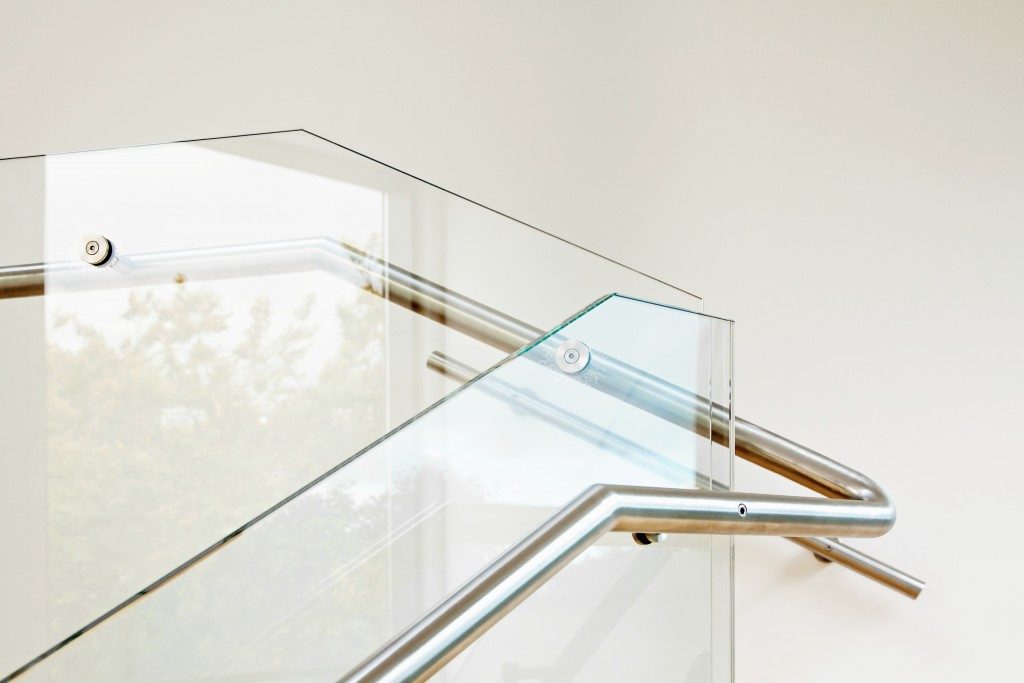Steel has recently become the number one option for stairways for both residential and commercial settings. This is because the material provides durable support for all architectural structures. Steel is strong, dependable, recyclable and easy to maintain.
The two primary steel categories used for staircases are structural and stainless steels. These undergo different fabrication processes to come up with different styles for your stairs. These include CAD, cutting, stamping, machining, punching, welding and blanking. With these processes, you can achieve a range of designs, including floating steel stairs.
Other than this, there are several customised styles you can pick for your steel staircase. Here are the most popular alternatives.
Straight Stairs
These are the most common style option for metal stairs. They are the best choice for property owners looking for a practical and simple solution. Straight stairs are easy and less time consuming to install and have the least complex fabrication process. They also lower chances of falls and misplaced steps. To make the stairs stand out, you can create an exceptional railing design using different CNC laser and cutting machines.
Helical Stairs
These are spiral stairs that closely resemble a spring’s shape and whose treads encircle a pole in the centre. Helical stairs are best suited for limited or compact spaces or for those who want to save space. They are, however, more aesthetic than functional since they cannot accommodate two people going in different directions or huge loads.
Curved Stairs

These look more or less like spiral stairs but unlike the latter do not have a centre supporting pole. Curved stairs are also not limited to circular shapes and can hence be elliptical or oval. They have the highest aesthetic appeal, so they are usually placed in a focal or entry point of a building. However, these are the most challenging metal staircases to fabricate.
Quarter Turn Stairs
These are L-shaped stairs that are considered a variation of straight ones with a 90-degree turn. Quarter turn stairs have no curved steps but rather a flat landing at their bend transition point. This element proves extremely useful for corners. The landing also makes the stair’s turn safer for its users since it reduces the fall distance.
Half Turn Stairs
These are also known as switchback or U-turn stairs. They generally comprise two stairs and a paralleled landing with a 180-degree turn. Some designers can recommend the addition of a middle stair flight to create a double L staircase. This stair style offers exceptional functionality, safety and convenience. It also makes a good alternative for straight stairs in buildings with high traffic and loads.
With these styles, your steel stairs will be a welcome addition to your space. You can also utilise different finishing options for the stairs, with powder coating as the most common choice of property owners. It is a protective and decorative finish that comes in several colours and textures to create a customised design for your property. In exterior spaces, a hot-dipped galvanised finish can boost your stairs’ durability.

